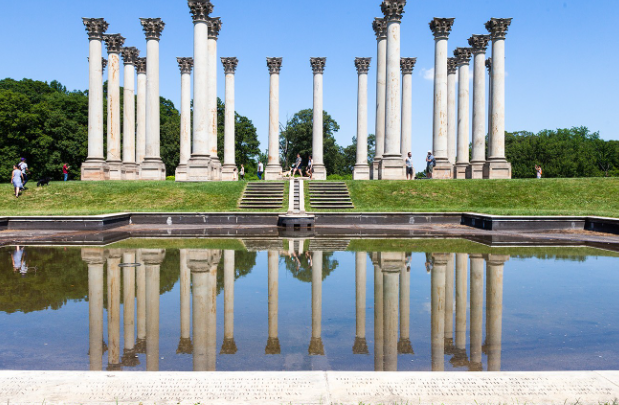Title: Exploring EDAW Landscape Architecture: Crafting Vibrant Spaces
Introduction
In an increasingly urbanized world, landscape architecture plays a crucial role in shaping our environments, enhancing both aesthetic appeal and functionality. EDAW, a leading landscape architecture firm, is known for its innovative designs that marry natural beauty with sustainable practices. Understanding the principles of EDAW landscape architecture can inspire communities and individuals to create spaces that are not only beautiful but also environmentally responsible.
Creating Sustainable Spaces
One of the cornerstones of EDAW’s approach is sustainability. By employing eco-friendly materials and practices, EDAW designs landscapes that minimize environmental impact. This commitment goes beyond simple visual appeal; it encompasses the entire ecosystem, considering elements like native plant selection and water conservation. Through their projects, EDAW demonstrates how well-planned landscapes can reduce energy costs and contribute positively to local wildlife habitats, ultimately encouraging communities to embrace more sustainable lifestyles.
Enhancing Urban Resilience
In recent years, the concept of urban resilience has gained traction as cities face climate change challenges. EDAW’s landscape architecture focuses on creating spaces that can adapt to environmental stresses while maintaining the quality of life for residents. This includes designing green infrastructure such as rain gardens, green roofs, and permeable pavements that manage stormwater effectively. By integrating such features into urban development, EDAW helps cities withstand extreme weather events, creating safer and more enjoyable environments for inhabitants.
Fostering Community Engagement
EDAW believes that landscape architecture should not only serve functional purposes but also foster a sense of community. Their designs often incorporate interactive elements that encourage social interaction and engagement among residents. For instance, they integrate walking paths, communal gardens, and open spaces that invite people to gather and connect. Such spaces help strengthen community bonds and promote well-being, proving that thoughtful landscape design can enhance the social fabric of neighborhoods.
Conclusion
EDAW landscape architecture exemplifies the importance of integrating beauty, sustainability, and community in designing our environments. By prioritizing eco-friendly practices and enhancing urban resilience, EDAW sets a standard for the future of landscape architecture. For those interested in transforming their surroundings, exploring EDAW’s projects can provide valuable insights and inspiration. Dive into the world of landscape architecture and discover how you can contribute to creating vibrant, sustainable spaces in your community!

